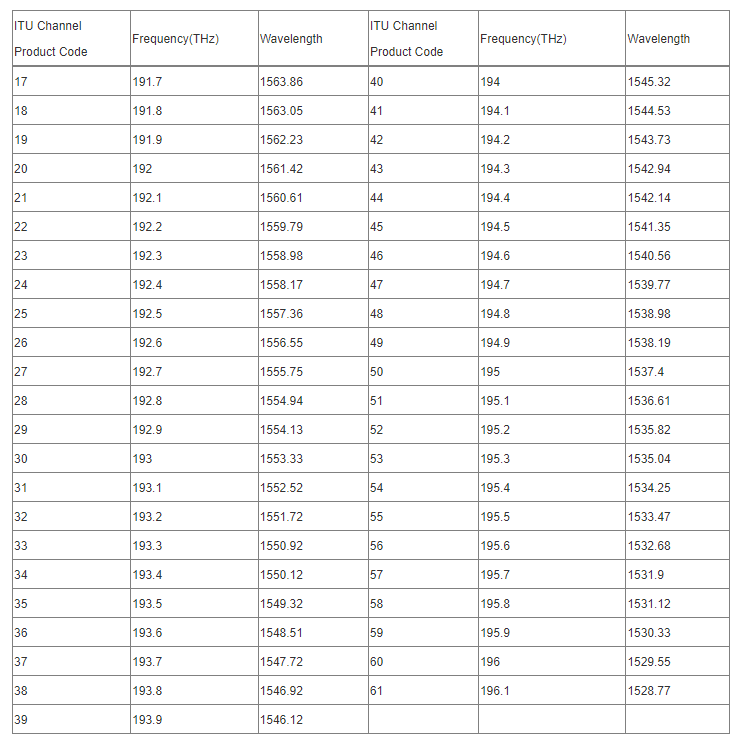

 Knowledge Base +
Knowledge Base +  2024.01.16
2024.01.16WDM SFP+ 10G Optical Module is a small, hot-swappable, dual-fiber, bi-directional 10G optical module in SFP+ package. It supports 10.5Gbps transmission rate, adopts EML COOLED transmitter laser (more suitable for high speed and long distance transmission than traditional DFB laser), the center wavelength is from 1560.61nm to 1530.33nm with 39 bands, and the transmission distance is up to 40KM Transceiver on 9/125um SMF standard single mode fiber. Operating temperature range from Standard : 0 to +70°C / Industrial : -40 to +85°C with digital diagnostic monitoring. Mainly used in 10GBASE DWDM Ethernet 40KM Transceiver 10Gb Ethernet and other fields.
Figure1 10G SFP+ CWDM
With high density and low power consumption, the product has a very high cost performance. The products are compatible with CISCO, HP, Huawei, Brocade, QLogic, H3C, 3COM, Juniper, EXTREME and other domestic and international mainstream related equipment. F-tone's DWDM SFP+ 10G series optical modules support transmission distances from 40KM Transceiver to 120KM Transceiver.
The corresponding transmission wavelengths are C-band λc Wavelength Guide, C-band λc Wavelength Guide, and C-band λc Wavelength Guide.

Dense Wavelength Division Multiplexing (DWDM: Dense Wavelength Division Multiplexing) is the ability to combine a group of optical wavelengths with a single optical fiber for transmission.DWDM belongs to the wavelength-division multiplexing technology, which can be coupled with different wavelengths of light into a single optical fiber, and transmitted together. The channel spacing of DWDM can be 0.4nm, 0.8nm, 1.6nm, etc., depending on the need. Smaller spacing requires additional wavelength control devices.
One of the key advantages of DWDM is that it is protocol- and speed-independent. DWDM-based networks can transmit data using IP, ATM, SONET/SDH, and Ethernet protocols, and can handle data traffic in the range of 100Mb/s and 400Gb/s. Thus, a DWDM-based network can be used to transmit data using IP, ATM, SONET/SDH, and Ethernet protocols. In this way, DWDM-based networks can transmit different types of data traffic at different speeds over a laser channel. From a QoS (Quality of Service) point of view, DWDM-based networks respond quickly and cost-effectively to customer bandwidth demands and protocol changes.
50GHz DWDM SFP+ 10G 40KM Transceiver
50GHz DWDM SFP+ 10G 80KM Transceiver
50GHz DWDM SFP+ 10G 120KM Transceiver
100GHz DWDM SFP+ 10G 40KM Transceiver
100GHz DWDM SFP+ 10G 80KM Transceiver
100GHz DWDM SFP+ 10G 120KM Transceiver
200GHz DWDM SFP+ 10G 40KM Transceiver
200GHz DWDM SFP+ 10G 80KM Transceiver
200GHz DWDM SFP+ 10G 120KM Transceiver
Subscribe to the newsletter
for all the latest updates.
2-5# Building, Tongfuyu Industrial Zone, Aiqun Road, Shiyan Street, Baoan District, Shenzhen. China
